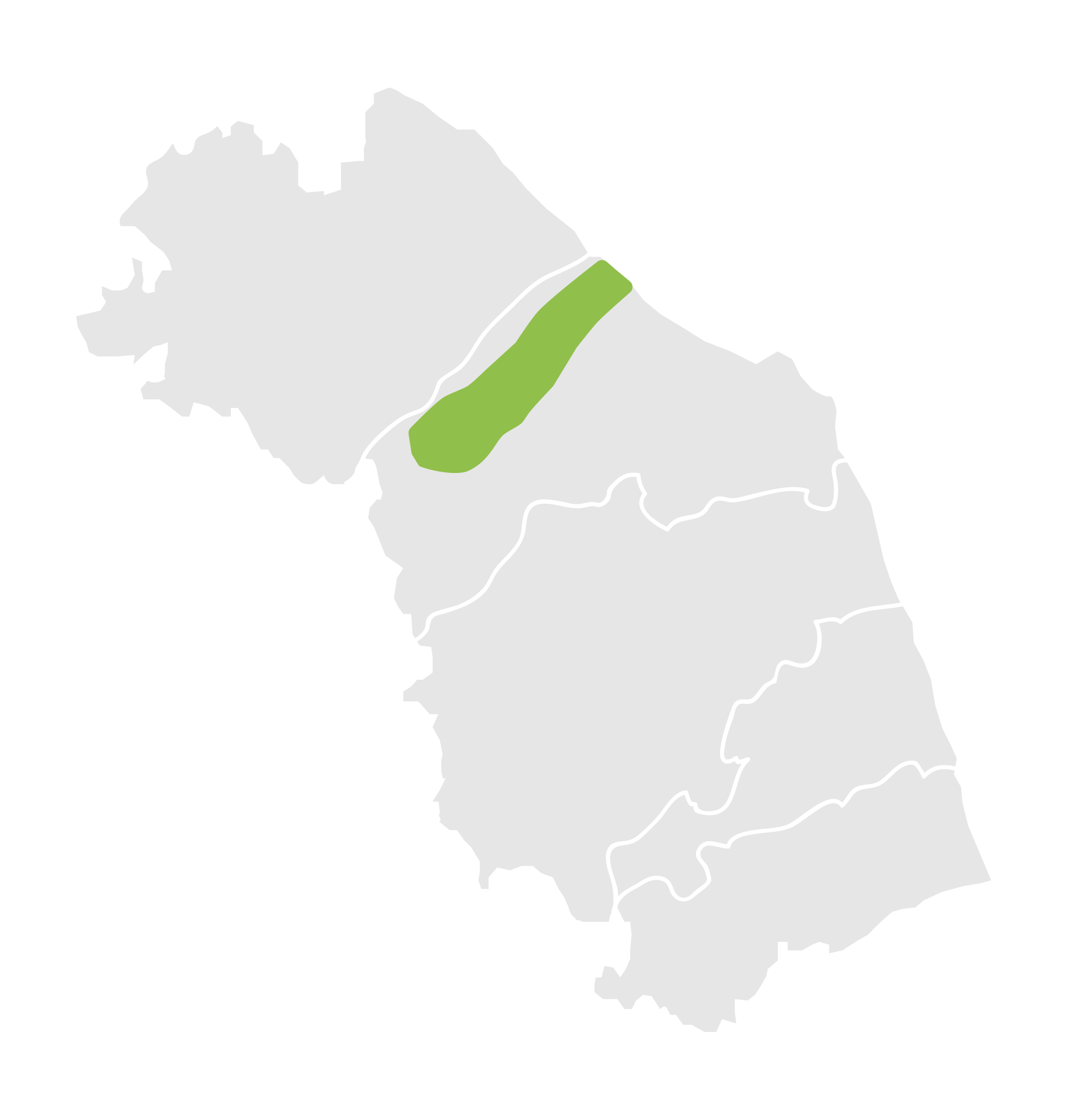
The ancient city of Ostra rises in the mid-valley of the Misa, along the road that united Sena Gallica to Sentinum, on a large fluvial terrace at bottom valley. The choice of location was by no means casual: this area not only allowed adequate planning of its spaces due to its size, but, thanks to its proximity to important communication routes, used occasionally even in prehistoric times, the location guaranteed effective control of the territory. Here, alongside the ancient route mentioned above, passes the Salaria Gallica, which connects the Flaminia with the Salaria and crosses the main centers of the middle valleys of the Marche: Asculum, Falerio, Urbs Salvia, Ricina, Aesis, Ostra, Suasa and Forum Sempronii. Following the Battle of Sentinum of 295 BC, which initiated the Roman colonization of the Adriatic regions, and the Lex Flaminia of 232 BC, which resulted in a massive arrival of colonists in these lands, it became initially a Roman praefectura and later a municipium, in the 1st c. B.C The first excavations conducted by Cavalier Giuseppe Baldoni of Montalto at the beginning of the twentieth century identified important remains of the Roman era urban system: the thermal baths, three paved streets and a small theater with a diameter of 45 m. The large baths building consisted of twenty-five rooms, including the calidarium and frigidarium, richly adorned with marble and mosaic flooring. A large stretch of road was found between the baths building and the theater, perpendicular to another paved road that constituted the eastern boundary of the forum area. New archaeological surveys, which began in 2006 and are still in progress, have identified other structures that make it possible to better define the Roman city. It has been possible to identify a first phase of the city, referring to a period of time ranging from the middle of the 2nd c. BC and the beginning of the 1st c. BC: belonging to this time span are a large, graveled central square and a large structure whose nature is still uncertain, possibly linked to the election of the city's magistrates. With the Imperial Age the city was monumentalized: the forensic area was paved and surrounded by public buildings, including a theater and a temple. It was during this time that the main road axes were defined and a monumental access gate to the forum was opened, of which there remains the threshold, the jamb and a block hollowed for the hinge. After this period of splendor, which lasted until the 2nd c. AD, the center did not undergo any changes until the 5th c. AD, when many of the structures were abandoned. However, interest in the temple building continued, perhaps because this construction was converted into a church: this hypothesis seems to be supported by the discovery of an epigraph that mentions a bishop of the Ostra diocese and the documentation of a funerary area here dating to between the end of the 5th and the beginning of the 6th c AD. The Greek-Gothic War and the subsequent Lombard invasion led to the definitive abandonment of the city and the rise of two small centers on the ridge: Montalboddo and Montenovo, which in 1882 changed their names to Ostra and Ostra Vetere.
We have found no place to eat in the vicinity
We have found no place to sleep in the vicinity
Vino e olio, eccellenze dell’agricoltura e della gastronomia marchigiana, sono da sempre al centro dell’economia e dell’identità culturale locale, come testimoniano i numerosi impianti per la produzione olearia e vinicola presenti sin dall’età picena nella regione. Il viaggio alla scoperta del territorio dedicato all’antica produzione dell’olio e del vino ci conduce lungo la Salaria Gallica, strada che collegava Fossombrone ad Ascoli Piceno passando per le principali colonie romane, immerse nelle verdi colline marchigiane.

|
Address | Località Morucce Ostra Vetere |

|
Phone Number | 071965053 interno 1 |

|
Opening Time | periodo estivo |

|
Visit Time | 30 min |

|
Entrance Fee | gratuito |

|
Reservation Required | no |

|
Viabilities | Flaminia - Salaria Gallica |

|
Bookshop | presso Polo Museale della Terra di Montenovo |

|
Free Guided Tour | no |

|
Guided Tour | Su prenotazione presso l'associazione Trova Loco , per gruppi di almeno 15 persone, prezzi da concordare con l'Associazione Trova Loco |

|
Parking | yes |

|
Disabled Accessibility | no |

|
Audioguide | no |

|
Didactic Rooms | no |

|
Conference room | sì presso il Polo Museale della Terra di Montenovo |

|
English language | no |

|
Public Transport | no |

|
Family Services | no |








